15 Solutions to OneDrive Not Syncing Your Files in 2025
Are you having issues with Microsoft OneDrive not syncing your cloud storage files? This article goes through the 15 best ways to fix OneDrive sync problems, from restarting your device to updating or relinking the service.
Microsoft OneDrive is simple to use and inexpensive, and many users have never had an issue with its cloud storage not syncing. However, this doesn’t mean it’s flawless and will work perfectly all of the time. In this article, we’ll go through the 15 best ways to fix OneDrive sync problems.
Before you start to troubleshoot OneDrive, you should make sure you’re using the service properly. Our article on what OneDrive is has a guide to syncing files and our full review outlines its limits. If you’re unfamiliar with OneDrive, you should read both of these articles before you try to fix your syncing issues.
You should also make sure that your OneDrive sync issues aren’t caused by its servers being down. Although this doesn’t happen often, you can check with websites like downdetector.com or isitdownrightnow.com.
Tips to Fix OneDrive Syncing Issues
- Restart your device
- Check your internet connection
- Free up some space
- Check with the system admin
- Update Windows
- Update OneDrive
- Disable your antivirus
- Disable any proxies or VPNs
- Refresh your credentials
- Relink OneDrive
- Remove troublesome files
- Switch off the bandwidth throttle
- Run the system file checker
- Make sure there are no account issues
- Reach out to the community
Why Is OneDrive Not Syncing?
There are many known problems that can stop OneDrive from syncing, which can lock you out of important files and break your workflow. However, you can often fix OneDrive sync issues with a few common tricks.
More complex issues, like problems with your OneDrive account settings or corrupted files, can take longer to diagnose and solve. However, you can still fix these issues, and any file already saved to the cloud will remain safe in the process.
15 Tips and Tricks to Get Microsoft OneDrive to Sync Properly
If your files aren’t syncing to OneDrive correctly, there are a few simple solutions. Although these suggestions may not always work, going through this list is a solid first step if OneDrive won’t sync.
After trying each fix, make sure that OneDrive is running on your PC and try to sync your files again. This will prevent you from wasting time on a problem that you’ve already solved with a previous step.
1. Close Everything and Restart Your Device
Whether your issue is OneDrive not syncing on Mac, PC or the mobile app, a full restart of both the program and your device could solve the problem. It can reset your connection to the servers, refresh the program’s cache or even open up missing background tasks.
You probably know how to restart your device, but make sure you do it safely. On Windows 10, close any open programs, select the “start” menu, click the power icon and choose “restart.”
After this, make sure the computer reboots properly and retry syncing your OneDrive documents. If you still find that OneDrive is not syncing, continue to troubleshoot the issue.
2. Check Your Internet Connection
Although OneDrive still allows you to use the sync folder when your internet is off, the service won’t sync until you’re back online. You can solve this by turning your WiFi on and making sure it’s connected to the correct router.
The best way to check if your internet is working is to simply open up a web browser and start using it. If you don’t have a connection, you will receive an alert rather than the web page you had opened. In this case, try restarting your router or contacting your service provider.
3. Free Up Some Storage Space
OneDrive will stop syncing your files if you use up your local storage or the available space in the cloud. This can catch you off guard if you’re dealing with large amounts of data or don’t have much space, so you should check it regularly.
You can free up space by using an external hard drive, deleting old files or shrinking the file size with compression tools. Either way, once you’re under the storage limits, you should reset OneDrive and wait for the automatic sync to start up again.
4. Check With Your Organization’s System Admin
Some users will have their OneDrive account managed by a school or business. This can cause many issues, especially if the organization monitors all data transfers. Any connection problems with the business or school can prevent you from accessing your files.
Every organization is different, so you should inform the IT department about your issue, and they can work on a solution. They may also have experienced these problems with OneDrive before and could help you fix it.
5. Update Your Operating System
Windows 10 is normally good at allowing software to run on slightly older versions. However, this isn’t always the case. If you find that OneDrive is not syncing properly, it may need a newer version of the operating system. This can also occur on macOS and the mobile app, so be sure to keep your devices up to date.
To update Windows 10, go into the settings and find “update & security.” From here, you can go into “Windows update” where you can check to see if your system is out of date. The optional updates are also worth doing, as they could help solve the issue.
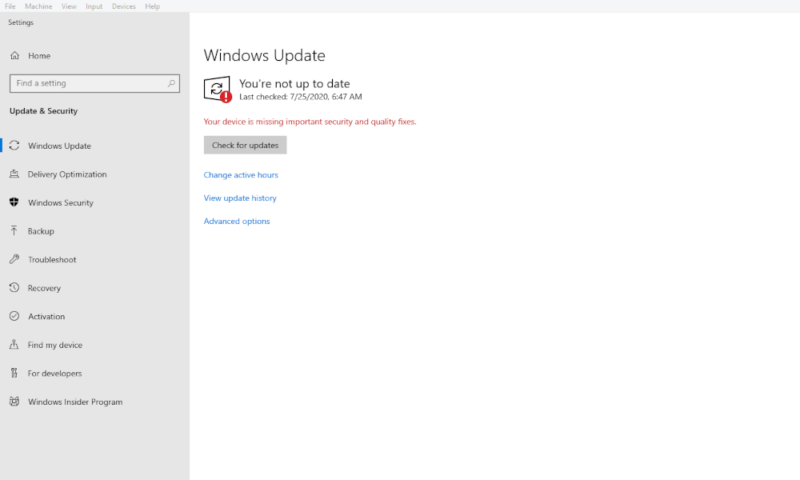
6. Update OneDrive
Usually, OneDrive will automatically update to newer versions when you update Windows. However, if there was a problem with the update, your version of the software may be out of date. By OneDrive not syncing any files until you update, it protects you from accidental data loss.
To update it manually, right-click on the OneDrive icon in the toolbar and select “settings.” In this window, find the “about” tab and click on the version number. This will take you to the web page where you can download the latest version.
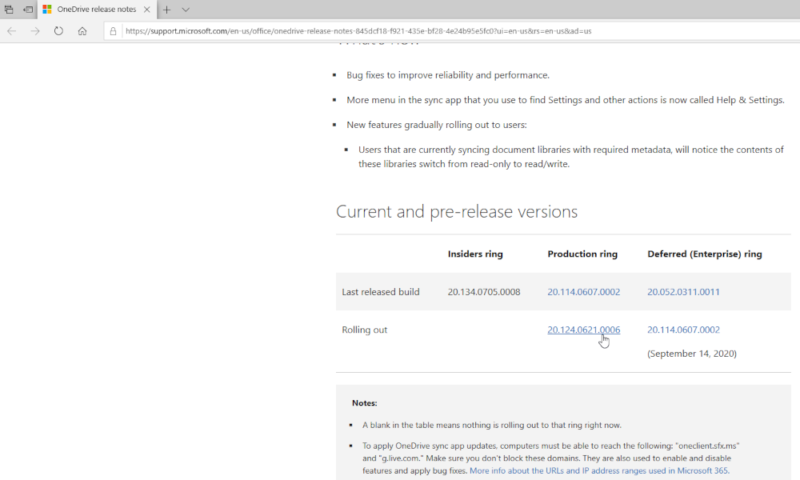
7. Disable Your Antivirus
Antivirus software works by monitoring where data is coming from and how it’s acting. Normally this blocks only malicious programs, but sometimes it can prevent genuine software from running correctly. Even the best providers, like F-Secure Antivirus, can experience these false positives.
Each antivirus is different, but it should have a way to add an exemption or temporarily disable the program. After you’ve paused your antivirus, reset OneDrive and try to sync the file again. Then when you’ve synced everything, remember to restart the antivirus to protect yourself from malware and ransomware.
If your antivirus is causing the OneDrive sync issues, there are many other providers available, so finding a new one from our best antivirus software guide — such as Bitdefender — could be a smart move.
8. Remove Any Proxies or VPNs
Internet proxies and VPNs can also interfere with your connection. This is often due to OneDrive blocking the IP you’re going through. Although you could get around this by trialing different VPN servers, you could just pause the VPN to sync new files.
If you find that your VPN is often blocking OneDrive syncing, you should look at our guide to the best VPN for cloud storage. Some of our favorite choices, especially ExpressVPN and Private Internet Access, have many unique servers and won’t slow you down.
9. Refresh Your Credentials
When there’s a change to your Microsoft account, such as a new password, it can stop OneDrive from syncing your files. Forcing OneDrive to forget your details and restarting the app could resolve these sync problems.
First, open the “start” menu and type in “credentials.” Then select “credentials manager” and then click on the “Windows credentials” tab. Delete the entries containing “OneDrive cached credentials.” Finish up by restarting the OneDrive app.
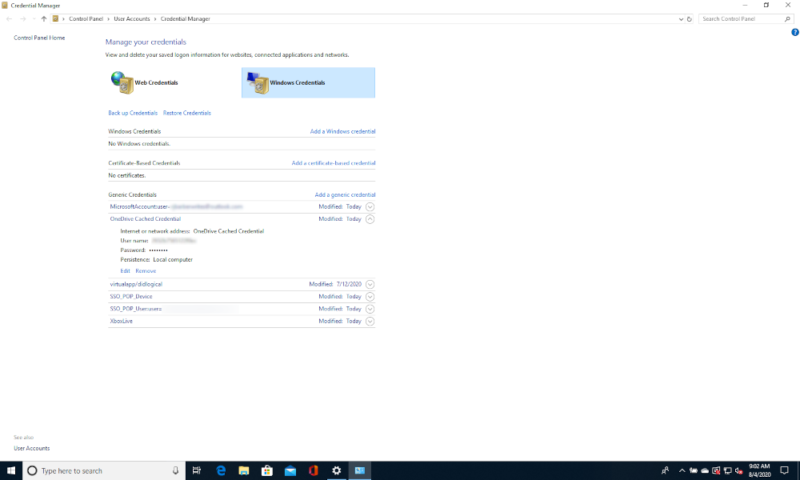
10. Unlink and Relink OneDrive
Manually relinking OneDrive to your Microsoft account is a more aggressive way to refresh your credentials, and it will force your device to sync with the servers. However, this is a longer process than a simple cache refresh.
In the “account” tab of the OneDrive settings window, confirm to unlink your account and then restart OneDrive. Next, sign in to your Microsoft account by entering your email address and password, then agree that you want to use the existing OneDrive folder. This will relink your account.
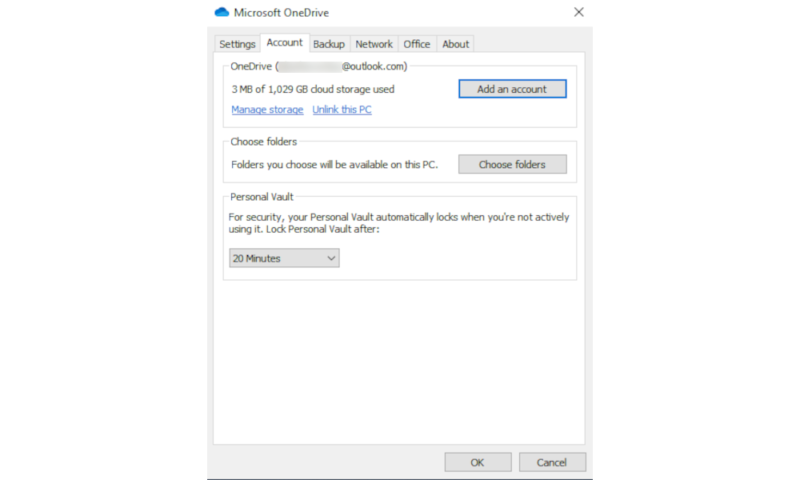
11. Remove the Problematic Files
When only one or two files have sync issues and nothing seems to fix this, you should remove them from OneDrive and try to sync them again. Before you do this, right-click the OneDrive icon in the system tray and choose to pause syncing.
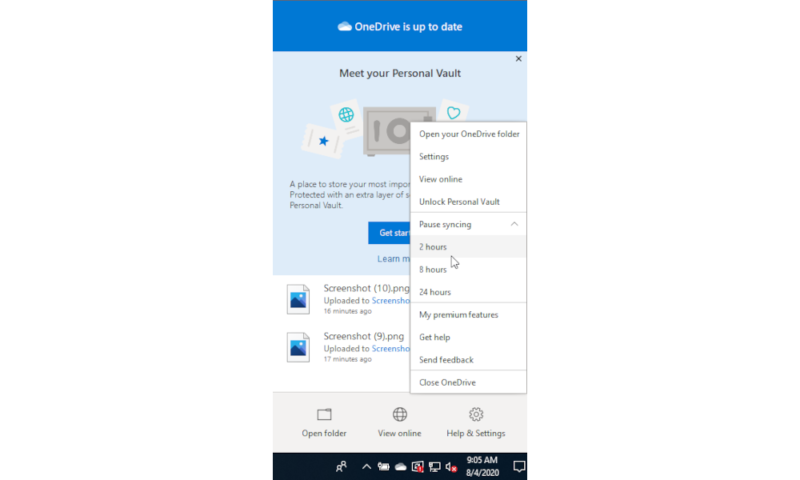
With the sync turned off, move the problematic documents outside of your syncing folder. Then you can go to the OneDrive menu and resume the sync. Now replace each file and make sure you check that they all sync to OneDrive correctly.
12. Disable the Bandwidth Throttle
Even if you find that your files sync correctly, it may be going much slower than your internet speeds allow or you might get stuck with the OneDrive “sync pending” symbol. In this case, you may have a bandwidth throttle enabled. You can find these options in the OneDrive settings window.
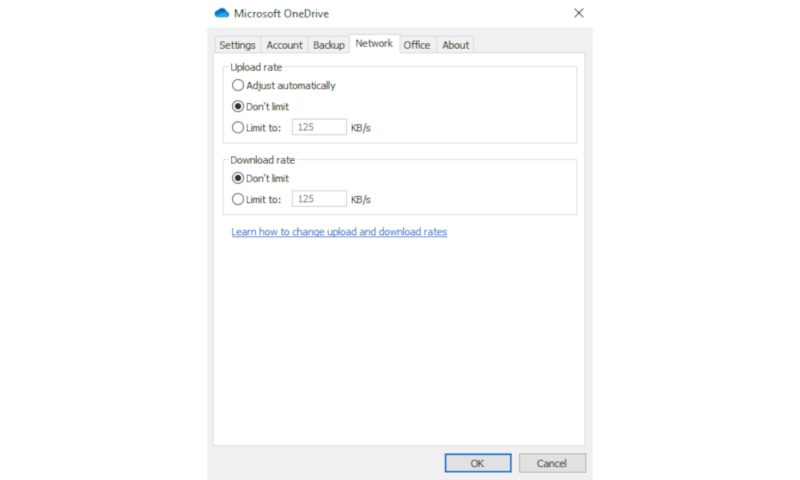
There are three options for this throttle: on, off or automatic. Although turning it off will produce faster speeds when syncing, the automatic mode will prevent your connection from regularly slowing down if you sync OneDrive often.
13. Run Windows System File Checker
Sometimes a file on your system can become corrupted, and to fix OneDrive sync problems you will need more than a restart or update. In this case, you should use the Windows 10 system file checker to correct any issues with your OS.
Although this tool may look dangerous, it’s perfectly safe, if used correctly. Luckily, there’s even an official guide by Microsoft on how to use this tool. Following these instructions will allow the system file checker to solve most problems that occurred due to corrupted files.
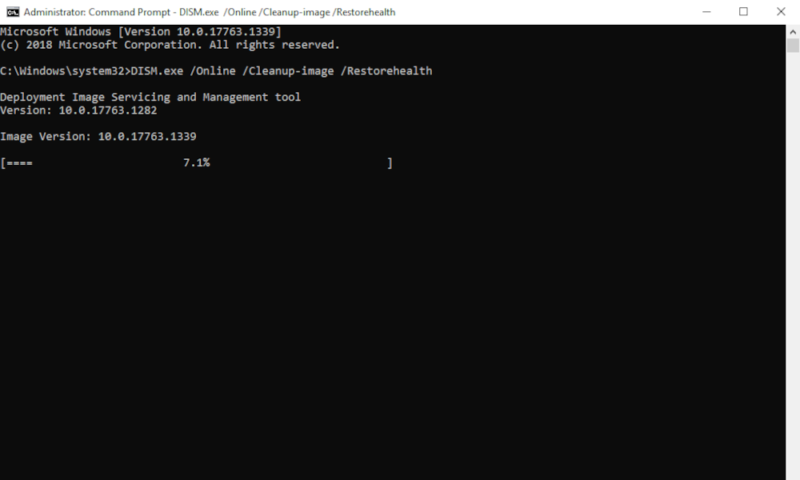
14. Make Sure Your Account Isn’t Frozen
If you’re this far and are still not able to sync your files, there’s a chance that Microsoft has frozen your OneDrive account. This could be due to anything from your subscription expiring to the company manually halting your transfers due to suspicious activity.
Although your data is still safe on the OneDrive servers, you will need to unfreeze it before you can access anything. Because there are many reasons the company may have frozen your account, we suggest reading Microsoft’s instructions on fixing a frozen account.
15. Reach Out to the OneDrive Community
Sometimes straightforward solutions don’t work. If you’ve gone through each tip and the service still isn’t syncing properly, you could go to the official Microsoft forums. There are hundreds of posts to look through, and you can create your own new post to ask questions.
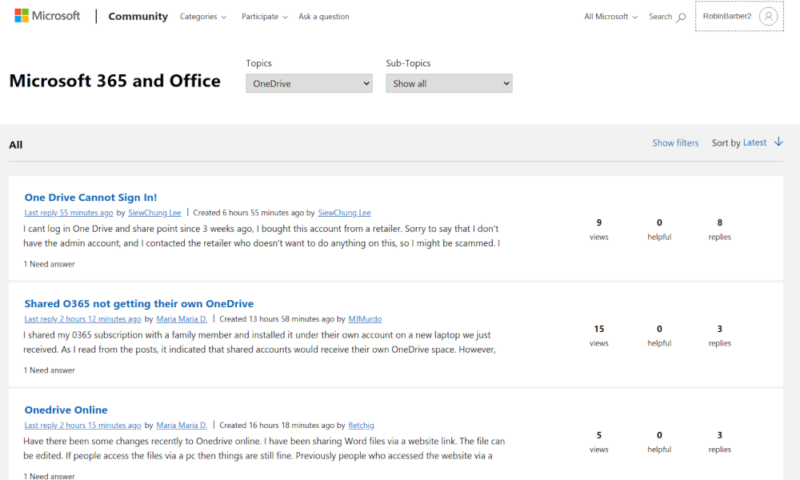
You could also use the other support tools: there are many general help pages and Microsoft’s dedicated customer support team can give more specific assistance. You can contact the support representatives through email or phone, but the live chat option is your best chance of quickly solving your problems with OneDrive.
Final Thoughts
OneDrive is well-known for working out of the box with few issues, but OneDrive sync problems do occur. Luckily this app has no shortage of tools or people to help you fix these issues so you can sync files with OneDrive without fearing that they could be lost forever due to an error.
However, if you have to keep forcing OneDrive to sync, you may be better off with a different cloud storage solution and disabling OneDrive altogether (read our guide on how to disable OneDrive). No program is perfect, though. For example, if you try out Dropbox, you may eventually have to check out our article on ways to solve Dropbox syncing issues.
Have you found that OneDrive won’t sync? How did you fix it? Let us know your thoughts in the comments section below. Thanks for reading.

